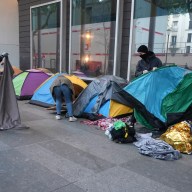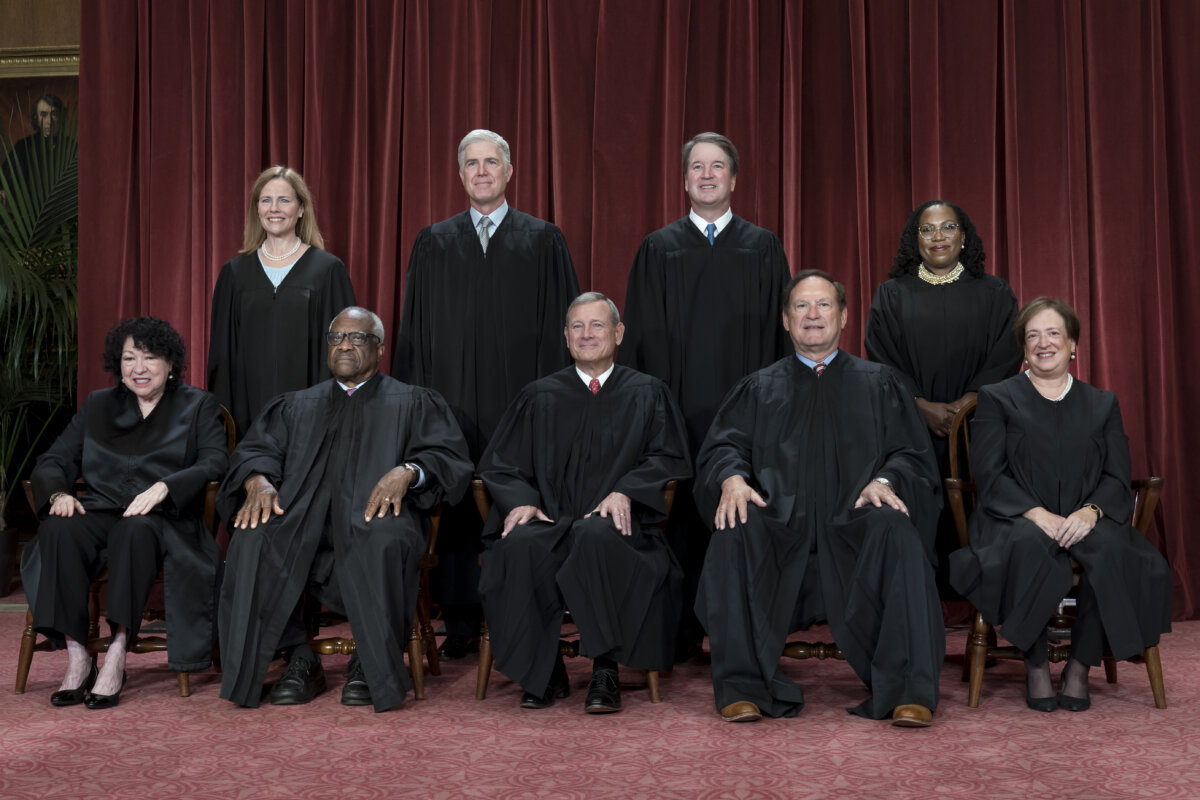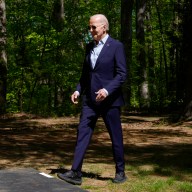Julia Dimon/for metro Toronto
A member of the Mursi tribe poses in costume for tourists.
Every year, crowds of tourists head to the Lower Omo Valley to visit some of southern Ethiopia’s most fascinating indigenous cultures. This part of the country has much to offer the amateur anthropologist: the Hamer people (known for their ornate hairstyles), the Kara (who practise scarification) and the Mursi tribe (who pierce and stretch their lips with coaster-sized plates).
Just a few hours outside of Jinka, we’re on our way to visit the Mursi village. My guide Mule advises our TV crew that before we film, we must first seek the permission of the Mursi chief.
As we chug through the back roads of Mago National Park, the truck is swarmed by tsetse flies. Little black dots with yellow bellies and syringe-like stingers cling to the window pane.
We approach the Mursi village, a small compound of thatched huts, protected by a handmade fence of sticks. Since the midday sun is as hot as a toaster oven, local men and women take refuge in the shade. Upon seeing us “farangi” (foreigner), the men disband; the women stand up and prepare themselves for our unexpected arrival. Cattle herders by tradition, the people of the Mursi tribe now rely on tourism as their major source of income. They charge 1-2 Birr for photos (the equivalent of 1-2 cents Canadian), double if they have a baby. With that money they buy honey, maize and arake, a potent locally-brewed gin.
The Mursi are dressed up in elaborate costumes (some staying true to their native tradition, others, trying to entice tourists to snap their photos).
I’m welcomed into the village by Shambel, the chief. He’s a man in his mid-30s, dressed in a red checkered blanket and a Bacardi Lemon baseball hat. He welcomes our crew and invites us into his hut. Inside the dark, cramped sleeping space, he unrolls a dried cattle skin and motions for me to sit. One of his four wives sits by his side. Curious children have gathered behind me and are clandestinely plucking blonde strands of hair from my head. They look at my fingernails, compare with their own and giggle. To them, I look strange.
Through Mule’s interpretation, I explain to the chief I’m interested in learning about Mursi culture and filming my experience. Shambel agrees but access doesn’t come for free. Money is negotiated and he invites us to return tomorrow.
Sitting in the chief’s hut was one of those rare moments. It felt so authentic, so remote, so real. In our modern world of growing uniformity, it’s amazing tribes such as the Mursi continue their way of life.
Freelance writer Julia Dimon is editor of The Travel Junkie and host of Word Travels, a new reality TV-series to be broadcast on OLN in 2008. Contact her at www.thetraveljunkie.ca.
















